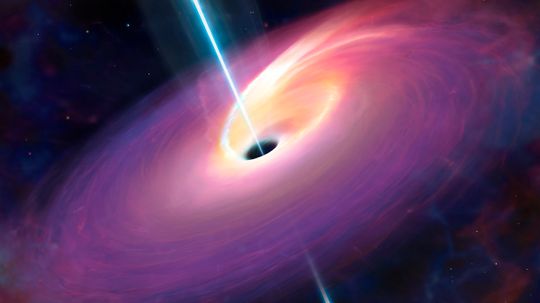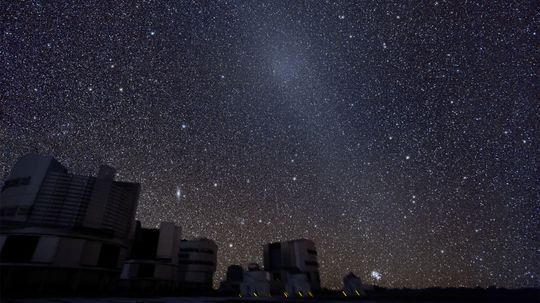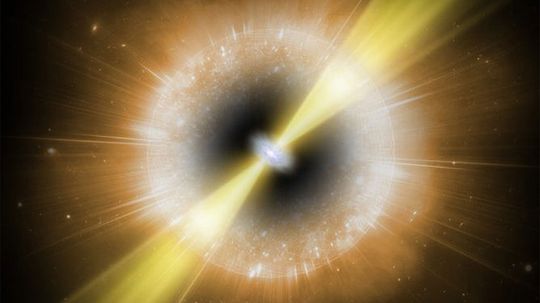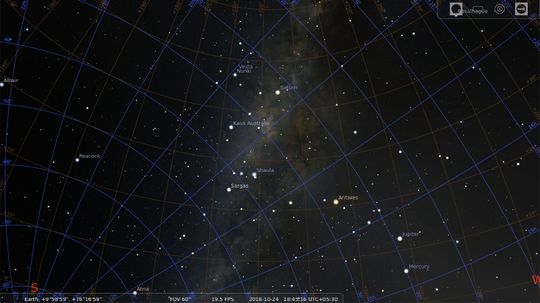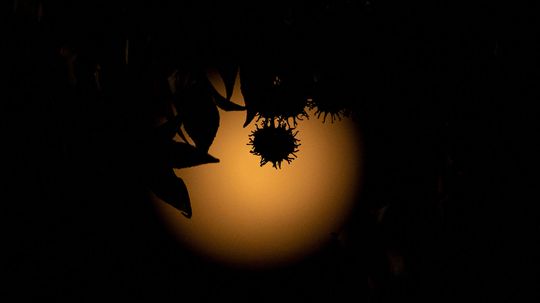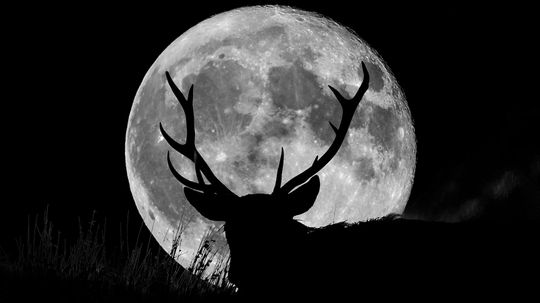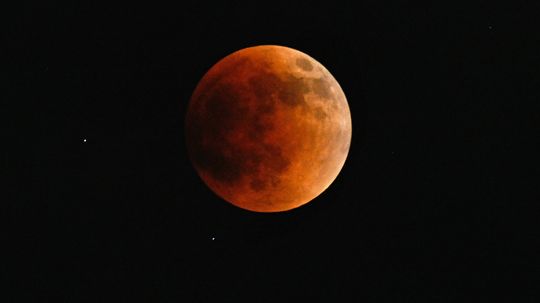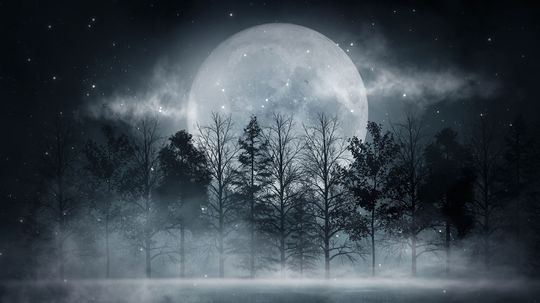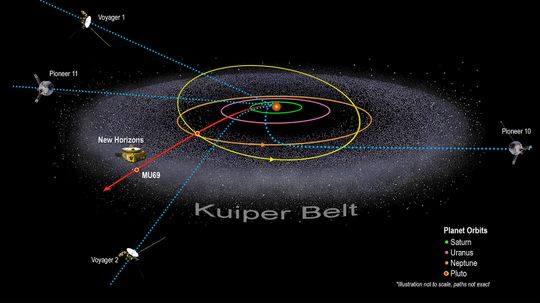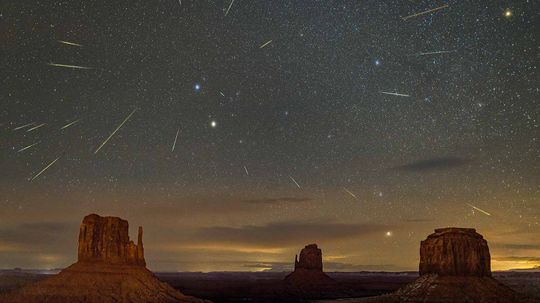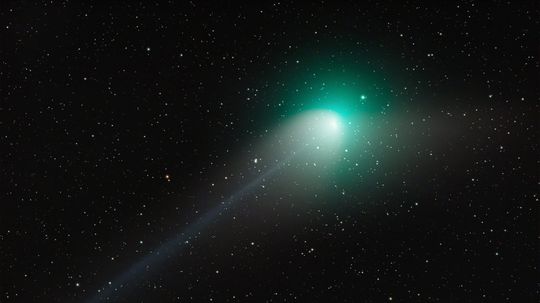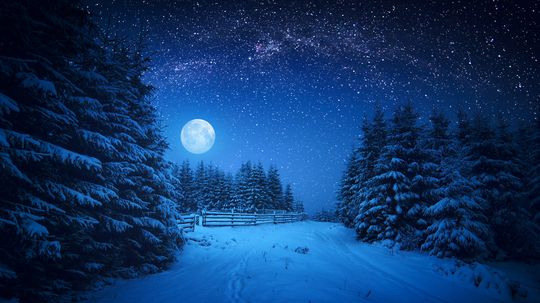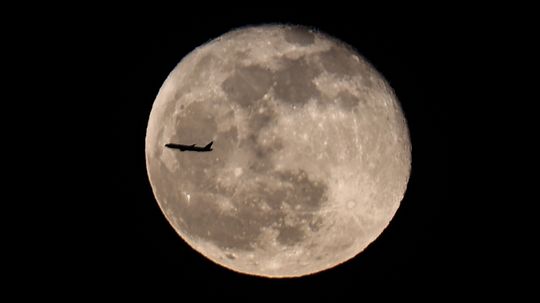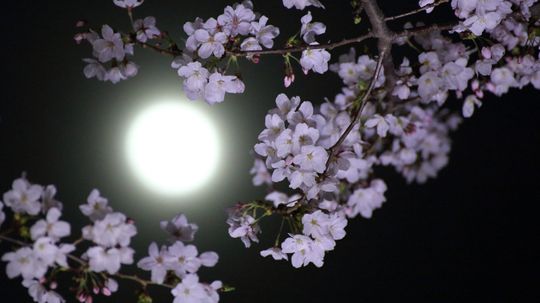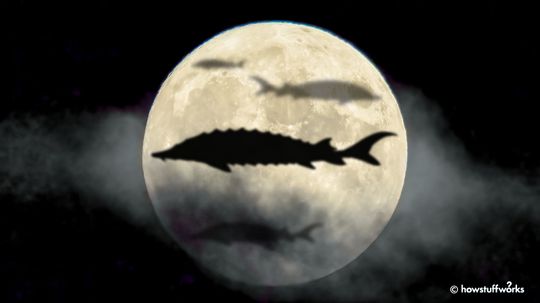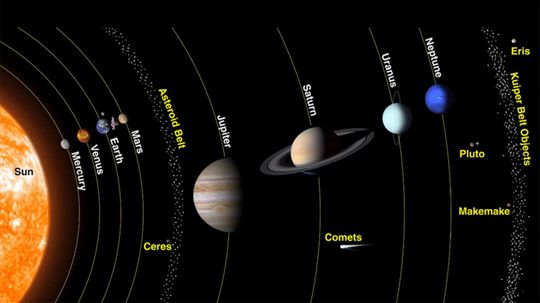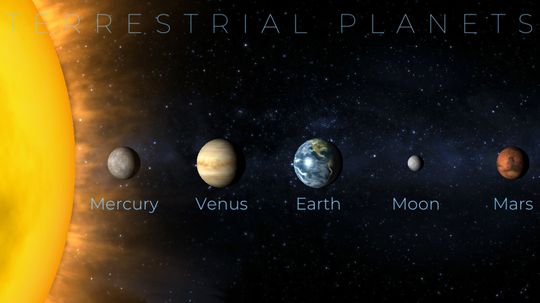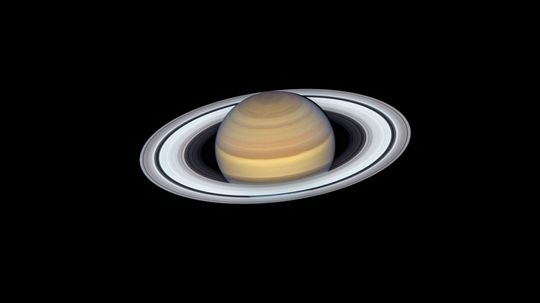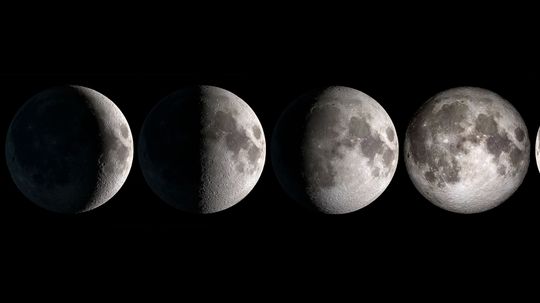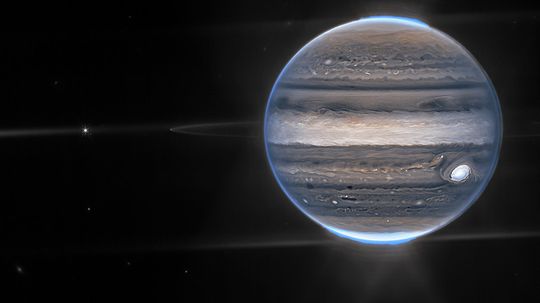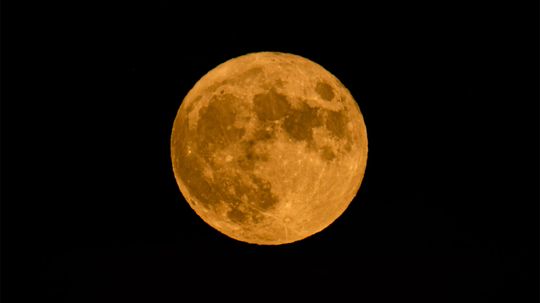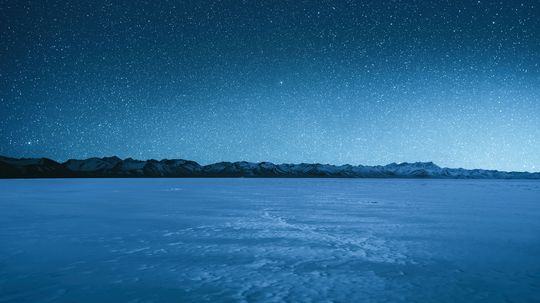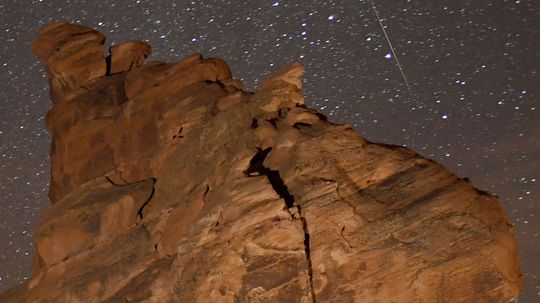Astronomy
Astronomy is a broad discipline covering all facets of astrophysics. In this section you can learn about the origins of the universe, black holes and other astronomical phenomena.
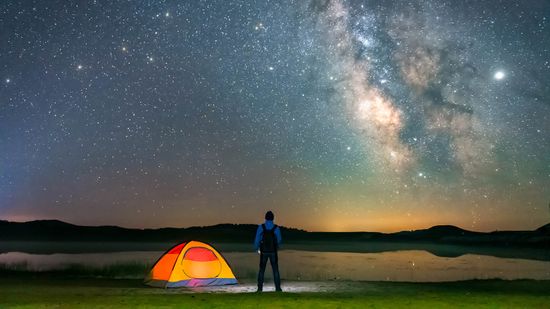
88 Constellation Names (and 24 You Can Only See From the Northern Hemisphere)
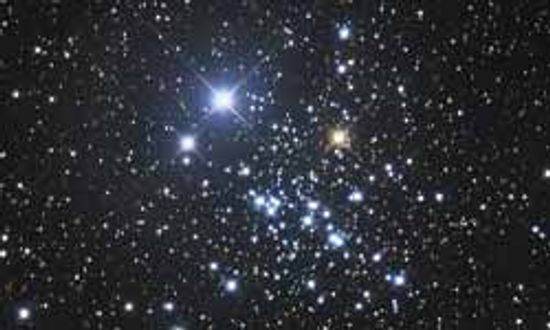
Constellation Pictures
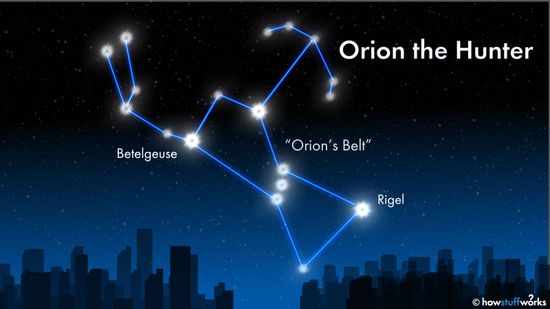
How to Find Orion's Belt in the Night Sky
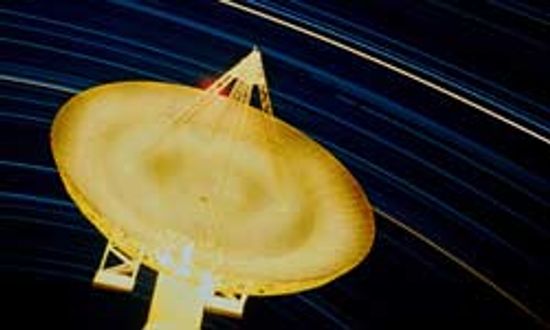
Radio Telescope Image Gallery

How do I build a telescope at home?
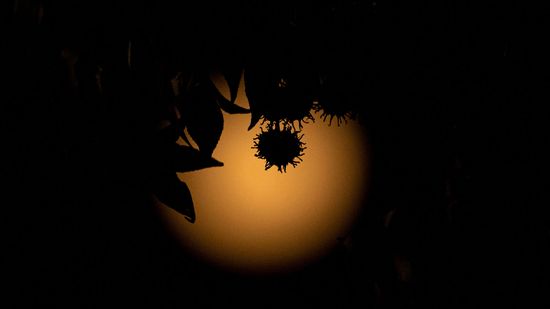
Shooting the Stars as an Astrophotographer
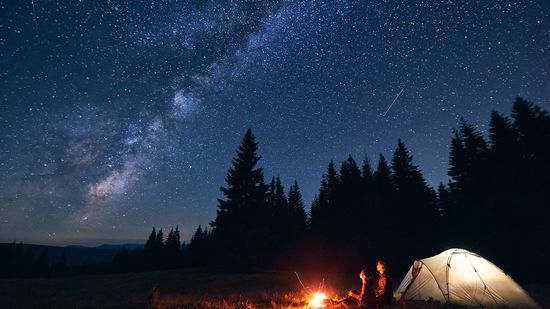
10 Types of Stars Blazing and Collapsing in Our Universe
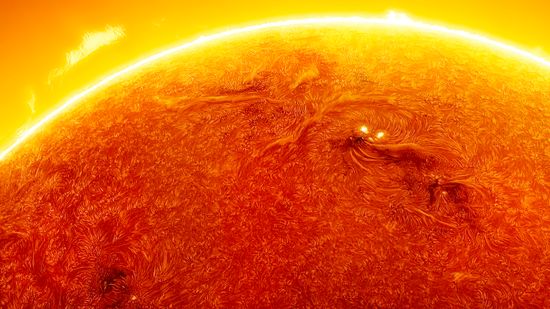
Solar Storm + Earth's Magnetic Field = Auroras Galore

What's the Brightest Star in the Sky? Depends on the Season
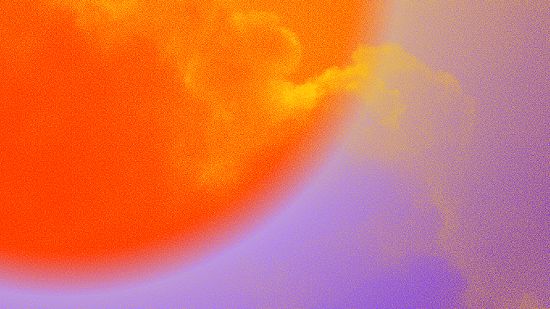
Why a Geomagnetic Storm Makes for Pretty Skies and Tech Scares
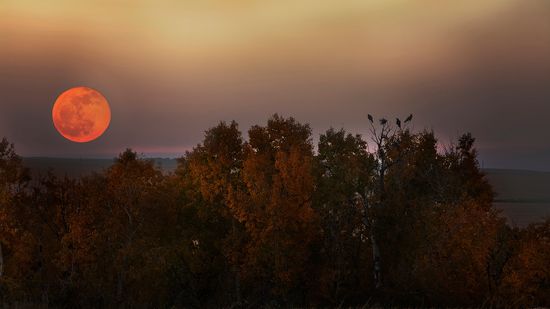
What Is a Harvest Moon?
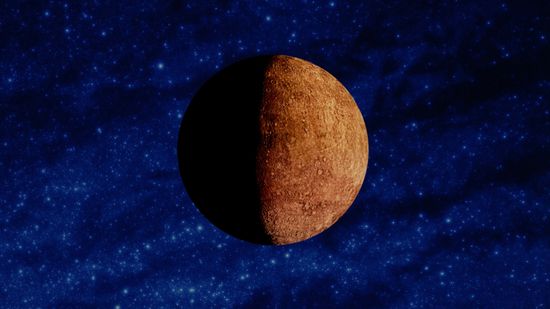
Mercury Retrograde Explained: Dates, Effects, and How to Cope
Learn More / Page 7
When you think about massive, mysterious cosmic bodies like accretion disks, the water swirling around your bathtub probably isn't the first thing to come to mind. But hey, physics works the same magic on all scales.
Precipitation does fall from the clouds of other planets, but it's a little more exotic than the rainwater we get here on Earth. Imagine sheets of methane, sulfuric acid and, yes, diamonds falling from the sky.
The gegenschein, "faint light" in German, occurs under very specific astronomical conditions when the sun reaches the exact opposite of Earth from wherever you're stargazing.
Advertisement
Astronomers at HaleakalÄ Observatory in Hawaii noted a bright X-ray emission in 2018, which persisted for three weeks and glowed ten times more brightly than previously studied supernovas, but are just now beginning to understand it.
Not sure what you're seeing in the night sky? Astronomy software such as Stellarium makes stargazing easier by helping to explain what you're seeing when you look at the stars.
Do you love looking at beautiful pictures of the night sky? How do space photographers get those shots? And could you join their ranks?
And this month's buck moon is extra-special because it is a supermoon!
Advertisement
Blood moons always bring out the stargazers though they aren't that rare. So what makes blood moons red? And do they differ from lunar eclipses?
When December's moongazing rolls around, you'll want to take a look at the cold moon, an appropriate moniker if there ever was one.
This doughnut-shaped ring around the sun is home to millions of comets, moons, dwarf planets and other celestial objects. What are these objects doing in the Kuiper belt?
Head's up, stargazers! Mark your calendars for the 22 must-see events this year.
Advertisement
News headlines talk about a rare green comet appearing in the sky. The comet itself is rare, but green comets, not so much. What makes some comets appear green?
February is a cold time of year, and the snow moon nickname pays homage to that. What are some other names for February's full moon and what do they mean? Plus, when can you see the snow moon?
April's pink moon isn't called pink because our beloved bright white moon suddenly takes on a rosy hue. So, why is it called the "pink moon"?
Native American tribes have called the May moon the flower moon for centuries. The name even inspired a best-selling novel and film.
Advertisement
The full moon in June is known as the strawberry moon. It's a sweet name, but how did the strawberry moon get its moniker, and what else is it called?
The August 2023 full moon is known as the sturgeon moon. This year, it's also a supermoon and will be followed by a blue moon at the end of the month!
The four Jovian planets are officially designated as gas (and/or ice) giants. Which planets are they and what makes them so unique?
Terrestrial planets include the four closest to our sun, including Mercury, Venus, Earth and Mars. What else makes these celestial bodies terrestrial planets?
By Mitch Ryan
Advertisement
Move over Saturn. There are other planets in the solar system surrounded by ring systems.
By Mitch Ryan
There are eight phases in the lunar cycle and the moon is in one of them every night. What are these phases of the moon?
The solar system's largest planet will pass closest to Earth at the same time it's at opposition. That means it will be the biggest and brightest it's been in the sky in decades.
In 2022, the full moon, called the hunter's moon, will occur Oct. 9. Why is it called that and when can you see it?
Advertisement
These days, we may take the stars for granted, but it's not hard to imagine the wonder early humans must have felt gazing up at those inexplicable points of light. Naturally, superstitions were bound to develop - some more fortuitous than others.
By Bambi Turner & Sascha Bos
The Geminid meteor shower is one of the year's stronger displays in terms of number and size of meteors. When's the best time to see it?
